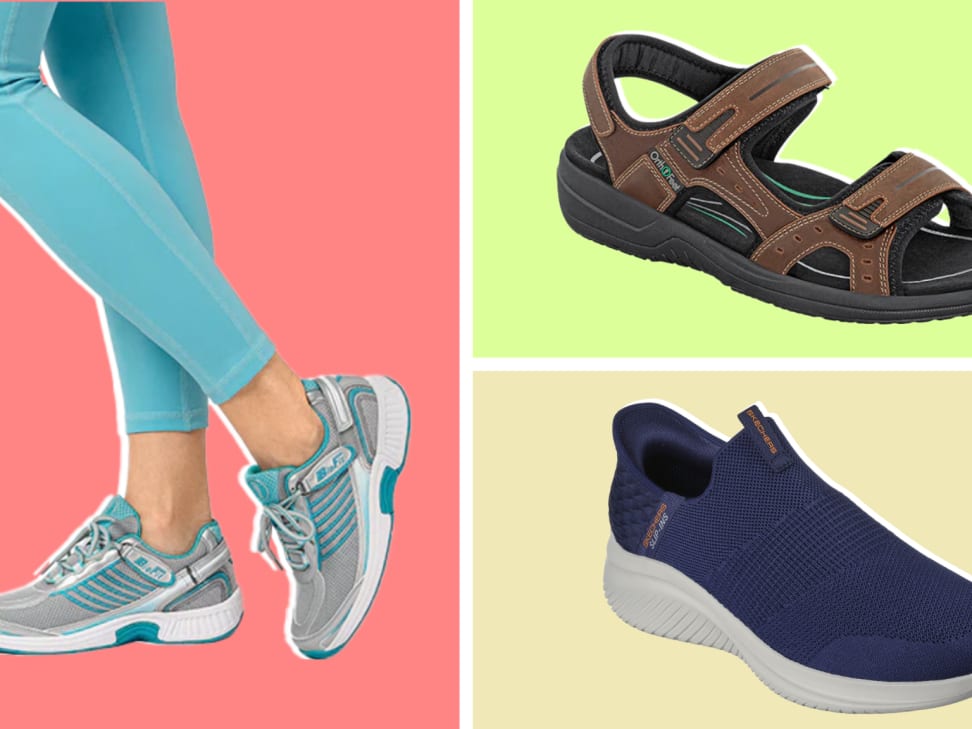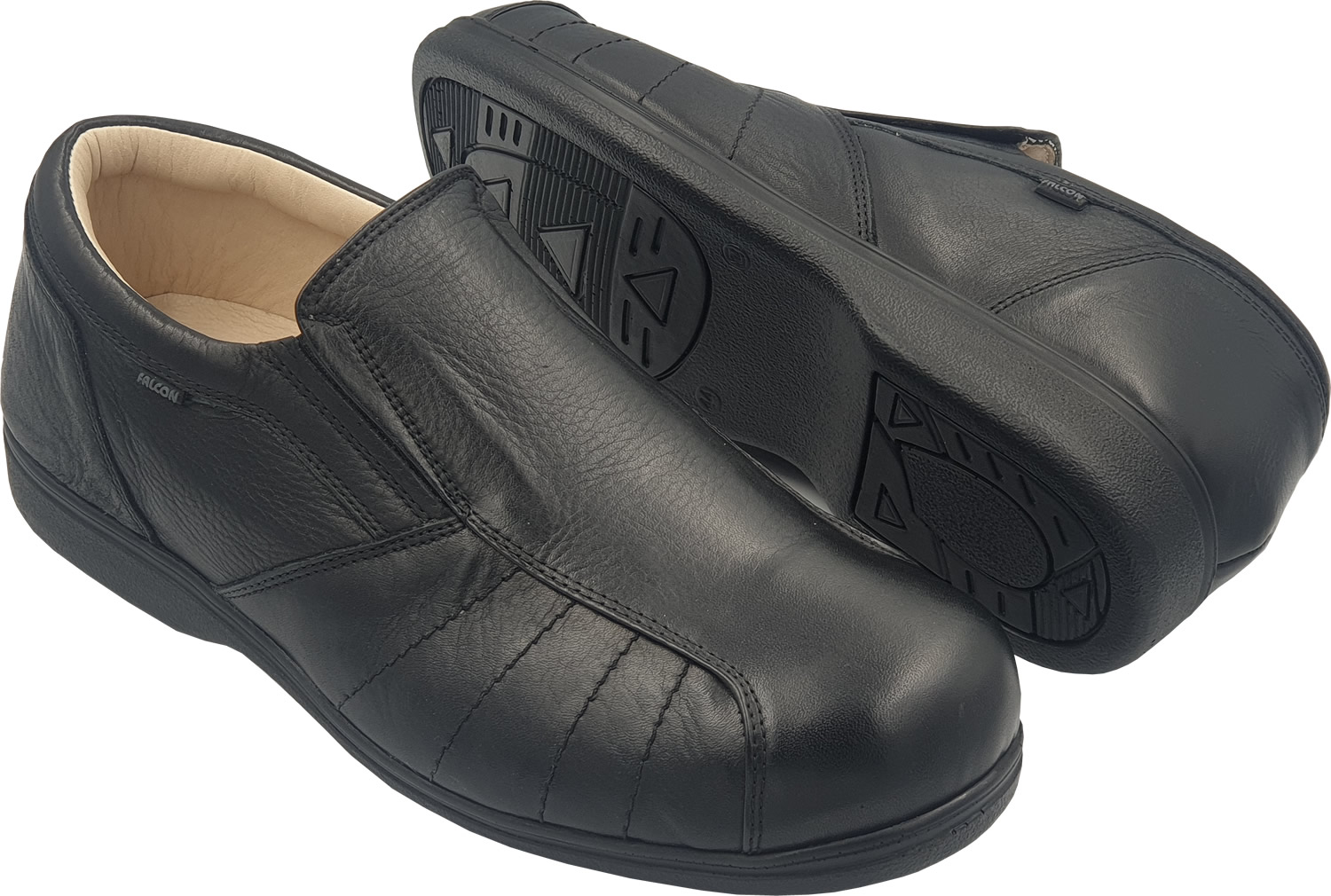Finding the right footwear is crucial for men dealing with diabetes, especially those suffering from neuropathy. Comfortable shoes can alleviate pressure on your feet and prevent painful complications. In this comprehensive guide, we will explore the best men’s shoes for diabetics with neuropathy, discuss real-world experiences, offer tips for selecting the right pair, and answer your frequently asked questions.
Understanding Diabetes and Neuropathy
Neuropathy is a common condition among diabetics characterized by nerve damage, often leading to pain, tingling, or reduced sensitivity, particularly in the feet. It’s essential to select footwear that promotes foot health to avoid complications like ulcers or infections.
Why Proper Footwear Matters for Diabetics
Improper footwear can exacerbate neuropathy symptoms, leading to discomfort and even serious health issues. Shoes that do not fit properly can lead to blisters, calluses, or foot deformities. Therefore, selecting the right pair of shoes is vital not only for comfort but also for overall foot hygiene and health.

Key Features to Look for in Men’s Shoes for Neuropathy
When searching for the best shoes for diabetic neuropathy, consider the following features:

- Extra Depth and Width: A wider toe box allows for better foot movement and prevents pinching.
- Soft, Non-Irritating Materials: Look for shoes made from breathable mesh or soft leather that won’t cause chafing.
- Good Arch Support: Proper arch support helps distribute weight evenly and reduces foot strain.
- Cushioned Insoles: Soft, cushioned insoles absorb shock, making walking more comfortable.
- Slip-Resistant Soles: Ensuring grip is vital to prevent falls, especially for diabetics who may have compromised balance.
Top Men’s Shoes for Diabetics with Neuropathy

1. New Balance 990v5
The New Balance 990v5 is beloved among diabetics for its combination of style, comfort, and support. It features a breathable mesh upper, ample cushioning, and a classic design.

- Pros: Excellent arch support, USA-made quality, and stylish aesthetics.
- Cons: Higher price point, which may not fit all budgets.
2. Brooks Ghost 14

The Brooks Ghost 14 is a running shoe that doubles as an everyday sneaker. It’s particularly noted for its soft cushioning and responsive support system.
- Pros: Lightweight, great for walking long distances, and available in various widths.
- Cons: Some users find it less durable than other models.

3. Hush Puppies Gil Slip-On
The Hush Puppies Gil Slip-On provides a perfect blend of style and ease. This shoe allows for easy on-and-off, making it a go-to for many men.

- Pros: Smart casual style, very comfortable, and easy to clean.
- Cons: Limited arch support may not be suitable for all.
4. Skechers Afterburn Memory Foam

Known for its cushioning, the Skechers Afterburn features a memory foam insole that molds to your foot, providing exceptional comfort.
- Pros: Affordable, cushioned support, and durable.
- Cons: Runs slightly narrow; consider sizing up.
5. Orthofeet Edgewater
This shoe is specifically designed for those with diabetes, featuring a wide toe box and orthotic insoles for ultimate comfort and support.
- Pros: Approved by podiatrists, includes multiple insole options.
- Cons: Slightly bulkier design may not appeal to everyone.
Product Comparison Table
| Shoe Model | Arch Support | Cushioning | Material | Price |
|---|---|---|---|---|
| New Balance 990v5 | High | Moderate | Mesh | $$$ |
| Brooks Ghost 14 | Moderate | High | Mesh | $$ |
| Hush Puppies Gil Slip-On | Low | Moderate | Leather | $$ |
| Skechers Afterburn | Moderate | High | Synthetic | $ |
| Orthofeet Edgewater | High | High | Leather/Synthetic | $$$ |
Real-World Experiences: Case Studies
John’s Journey with the New Balance 990v5
John is a 52-year-old diabetic with a history of neuropathy. After struggling to find shoes that wouldn’t irritate his feet, he decided to try the New Balance 990v5. John shared, “These shoes have been a game-changer for me. The support is incredible, and I can walk longer distances without pain.” His experience highlights the importance of good cushioning and support.
Mark’s Experience with Orthofeet Edgewater
Mark, a 60-year-old diabetic, often found his feet swelling by the end of the day. After switching to Orthofeet Edgewater shoes, he noted a significant reduction in discomfort. He mentions, “The wide toe box is a blessing! I no longer feel cramped, and the cushioning makes walking a lot easier.” Mark’s story emphasizes the benefits of shoes specifically designed for diabetic needs.
Tips for Selecting the Right Shoes
1. Get Your Feet Measured
Always have your feet measured to ensure you select the correct size. Feet can change over time, and proper sizing is crucial for comfort.
2. Try Shoes On Later in the Day
Feet tend to swell throughout the day; hence, shopping for shoes in the afternoon can provide a better indication of fit.
3. Walk on Different Surfaces
Test the shoes on various surfaces, including carpet and hard floors, to understand how they perform in daily situations.
4. Consider Custom Orthotics
If you require additional support, consult with a podiatrist about custom orthotics that can enhance comfort.
Frequently Asked Questions (FAQs)
1. What are the best materials for diabetic shoes?
The best materials are breathable fabrics like mesh or soft leather to prevent chafing and keep feet cool. Avoid rigid materials that can cause discomfort.
2. How often should I replace my diabetic shoes?
It’s typically recommended to replace shoes every 6 to 12 months, depending on wear and tear. Regular inspection is crucial to determine if they still provide adequate support.
3. Are there specific brands that cater to diabetics?
Yes, brands like New Balance, Brooks, Orthofeet, and Skechers offer specific lines designed for diabetic foot health.
4. Can I use regular running shoes for neuropathy?
While some running shoes can be suitable, it’s best to select shoes specifically designed for diabetic needs, focusing on support, cushioning, and comfort.
5. Should diabetic shoes be tight or loose?
Diabetic shoes should fit snugly but not overly tight. There should be enough space to wiggle your toes without any pinching.
6. Is it necessary to wear socks with diabetic shoes?
Yes, wearing appropriate socks can help prevent friction and irritation. Opt for moisture-wicking, seamless socks to maintain foot health.
7. What kind of arch support do diabetics need?
Individuals with diabetes may require varying levels of arch support. Consult with a podiatrist to determine the right support level for your foot type.
8. Can I find stylish diabetic shoes?
Absolutely! Many brands now offer diabetic-friendly shoes that are both functional and stylish, catering to diverse tastes.
9. How can I ensure my shoes are not causing foot problems?
Regularly check your feet for any signs of irritation or sores. If you notice any issues, consult with a healthcare professional and consider revisiting your footwear choices.
10. Are diabetic shoes covered by insurance?
Many insurance plans cover diabetic shoes, but this can vary. It’s best to check with your provider for specific coverage details.
11. What is the best way to break in new diabetic shoes?
Slowly break in new shoes by wearing them for short periods initially. Gradually increase the time spent in them to avoid discomfort.
Conclusion
Choosing the right shoes is vital for managing diabetes and neuropathy. By considering factors like fit, materials, and specific features, men can find footwear that not only looks great but also offers the support necessary for their health. Whether you opt for the comfort of New Balance or the specialized designs of Orthofeet, investing in quality shoes can significantly improve your quality of life. Explore the options available, and don’t hesitate to consult with healthcare professionals to find the best fit for you.
Further Reading and Resources
For more information on diabetic foot care, check out the following resources: